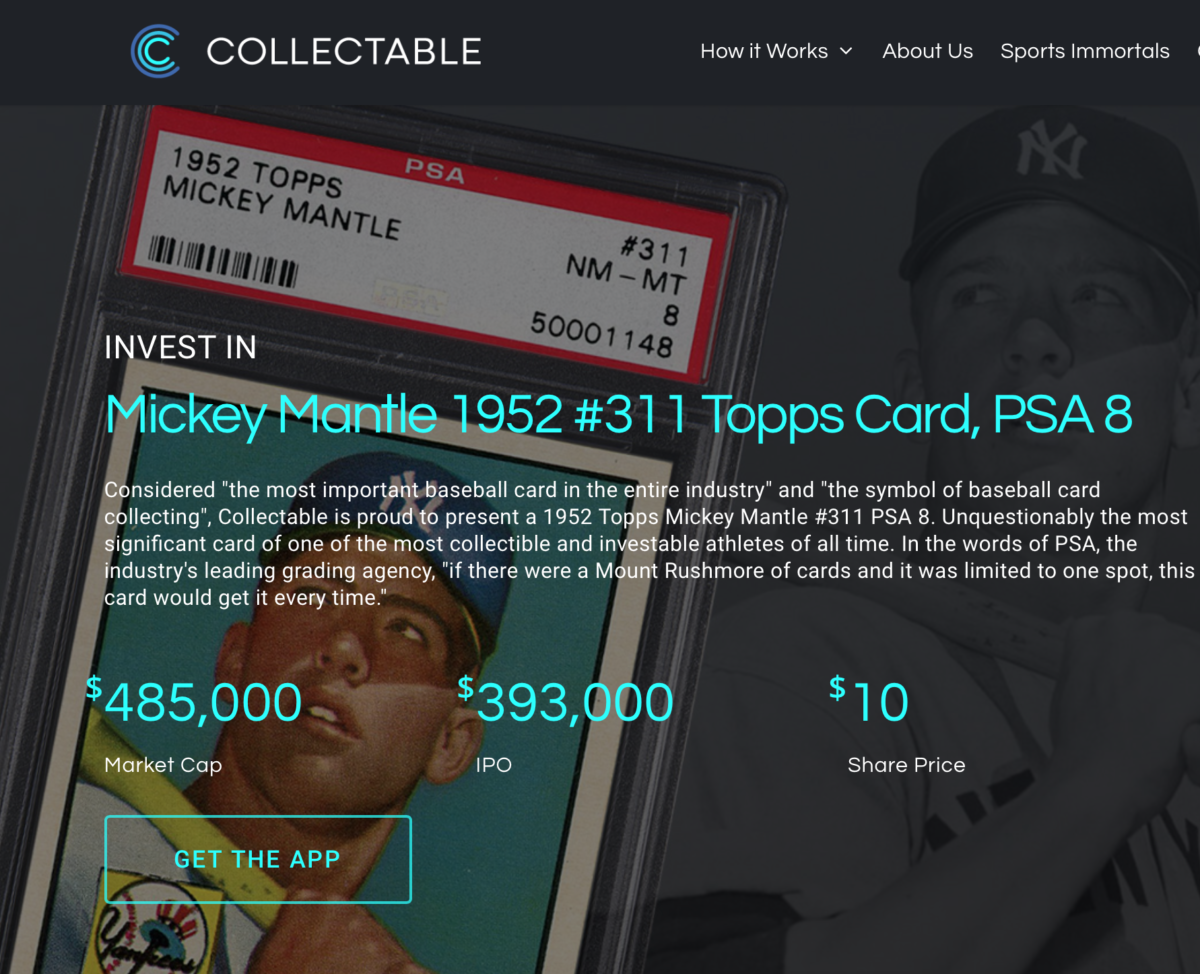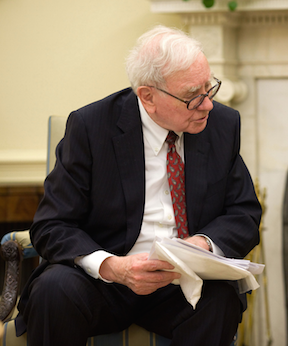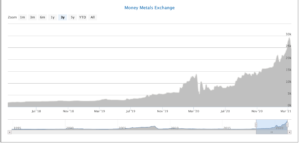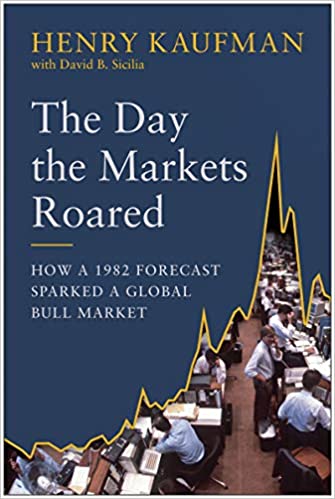by Fred Fuld III
Incase you haven’t noticed, the stock market has been in a downtrend since February 12. There have been a few days when the S&P 500 was up, but mostly we have seen down days, especially this week.
If you are worried that the market is over-priced and we may be heading for a crash or even a long term slow downtrend, there are techniques you can implement to protect your portfolio.
There are several strategies to make money in a bear market, some speculative, and some not so risky. Even smaller investors have ways to protect themselves, and even make money on the downside. We have had a strong stock market for the last twelve years, and many investors think that we are heading into a bear market. Here are several strategies to choose from.
1. Shorting Stocks
This is one of the most speculative ways of making money in a bear market. In simple terms, you make money when the stock goes down and you lose money when the stock goes up. What technically happens is that you borrow the shares and immediately sell them (this all is done electronically through your brokerage firm) and since you owe those shares, you eventually have to buy them back at some price, hopefully a lower price, in order to return those hares. The difference between your sale price and eventual purchase price is your profit (or loss, if you buy back at a higher price).
Can you make a lot of money shorting stocks in a bear market? Yes. Is it speculative? Very. Can you lose a lot? Most definitely. This is why it is so risky. When you short a stock, the lowest point it can drop to is zero. Whereas, if the stock goes up, the amount it can rise is unlimited. Let’s say you short 100 shares of a stock at $20 a share. If you put up funds equal to 100% of the value of the shorted amount, and the stock drops to zero, you’ve made a 100% return. However, suppose the stock goes from 20 to 100, you end up losing 400% of your money with lots of margin calls along the way. But even on a short term basis, an investor can lose money very fast.
So in summery, do I think you should short stocks? Absolutely not, unless you are a professional trader. The risk is unbelievable. Look at what happened to the short sellers of GameStop (GME). If you understand options real well, hedged short selling might be OK, as long as you are an advanced trader, and know what you’re doing.
2. Short (Bearish) ETFs
An ETF appeared on the scene several years ago which has become very popular, a type of Exchange Traded Fund called the Bearish ETF or Short ETF. What these ETFs do is provide a return opposite to the return of the index, industry, or sector that it is tracking.
For example, the Short Dow30 ProShares (DOG) provides a return that is the inverse of the Dow Jones Industrial Average. If the Dow goes down 2%, the DOG goes up 2%. The Short QQQ ProShares (PSQ) ETF gives a return that is the inverse of the NASDAQ 100 Index. If you are bearish on gold, you can buy the PowerShares DB Gold Short ETN (DGZ) ETF.
The nice thing about these short ETFs is that your losses are limited. Also, if you are long individual stocks that you don’t want to sell, these can be good for protecting your portfolio on the downside.
3. Leveraged Bearish ETFs
If you like volatility, you will love the leveraged bearish ETFs. What these ETFs do is provide double, and in some cases triple the inverse return of indices.Some examples include the UltraShort Consumer Services ProShares (SCC) and the ProShares UltraShort S&P S&P 500 (SDS).
In addition there are several triple leveraged bearish ETFs. Direxion Daily MCSI Real Estate Bear 3X Shares (DRV), Direxion Daily Energy Bear 3X Shares (ERY), and ProShares UltraPro Short Russell 2000 (SRTY) are just a few of the many 3X bearish ETFs.
The volatility of these things is substantial, and so are the wide bid and asked spreads that I’ve seen occasionally.
The advantage of these trading vehicles is that they are a way of shorting on margin, with a limit on the downside. The disadvantage is that the losses are quick and large, especially with the triple leverage short ETFs.
4. Bear Funds
It may be hard to believe, but there are actually a large number of bearish mutual funds for the long term bearish investors. These include the Grizzly Short Fund (GRZZX), the PIMCO StocksPlus TR Short Strategy Institutional Fund (PSTIX), and the ProFunds Bear Investors Fund (BRPIX). These funds have minimum investments ranging from $1,000 to $5,000,000.
5. Puts
First, a little about option pricing. Puts and calls are priced on a per share basis, so a put at $1 would cost $100 for 100 shares, or a call at $3.50 would cost $350.
A put is the option to put your stock to someone at a particular price within a certain period of time. In other words, if you own a stock that is trading at 22 and you buy a put at a dollar which gives you the right to put your stock to someone at $20 per share within three months, there are a couple of things that could happen. The stock could tank to $14 a share and you could put your stock at 20, or just resell the put for 6 and collecting the profit. You would be far better off than just doing nothing. And if the stock goes up or stays about the same, you are just out your $100 for the option. Puts can be useful for experienced traders.
6. Cash
There is one other way to make money in a bear market. Sell everything, and keep your money in cash, with the safest way being a T-bill money market fund, that only owns T-bills. (Money market funds that invest in repos are supposed to be just as safe, but I consider them slightly more risky than T-bills.) The advantages are that you can’t lose money and you can receive an income from the investment.
The alternative cash investment is putting your money in a bank certificate of deposit or savings account. Your money is safe up to the FDIC limits, but the interest rate is extremely low at this time.
7. Short Vertical Call Spreads
If you are familiar with options, then short vertical call spreads amy be the best way to go. It is similar to what was mentioned previously about shorting a stock and buying a call to protect yourself, but selling a call spread should tie up far less capital, which should free up funds to give you more diversification.
This involves shorting a call and buying a farther out of the money call at the same time. Assuming both calls are out-of-the-money at the time the order is placed, if the stock stays the same or drops, you make money.
If we are in a bear market, hopefully you can protect your portfolio and make a little or a lot on the downside.
Author does not own any of the above mentioned securities.









